One of the great things about travel to another country is that you find out what kind of ceremonies there are. Ceremonies and special days are good examples of a country’s culture that are reflected on the streets, giving extra vibes to citizens’ lives for a period of time. There are many famous festival and ceremonies worldwide such as Day of the Dead in Mexico, Holi in India, La Tomatina in Spain, or Nowruz in Iran.
There are numbers of ceremonies on our calendar. Some of them date back to thousands of years ago and some are recent. Our official calendar is Solar Hejri (or Shamsi Hejri), abbreviated as SH, that includes special days or periods such as Nowruz, Shabe-e Yalda, and Chaharshanbe Suri.
There are also several rites that Iranians perform from Hijri calendar (Anno Hegirae or AH) such as Ramadan, Mourning of Muharram, or Mid-Sha’ban.
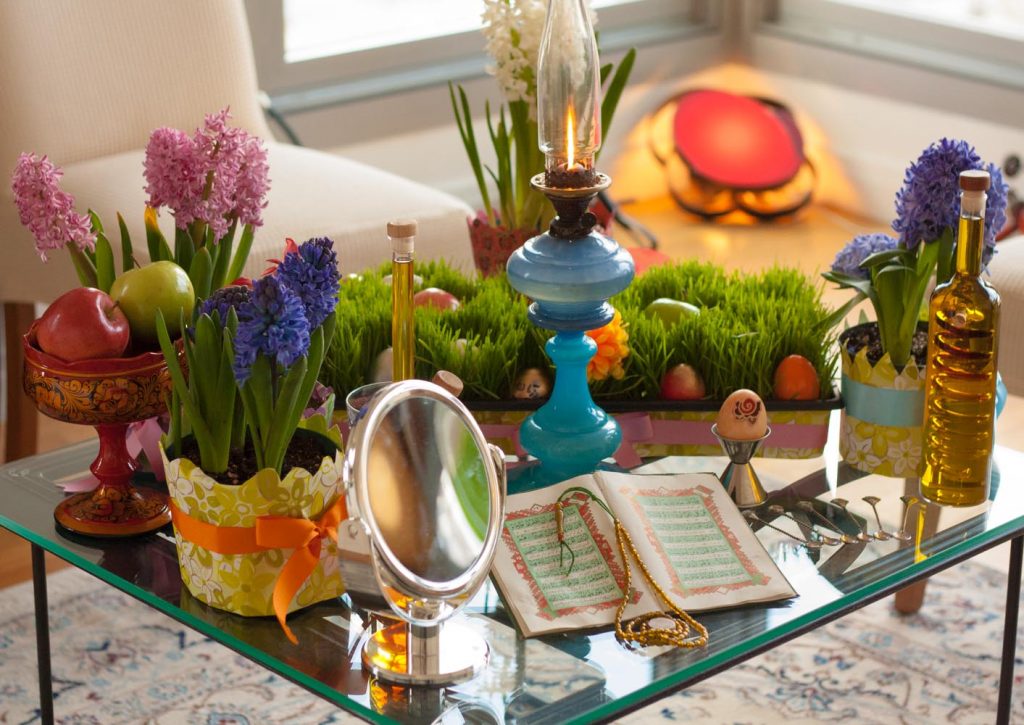
Find out about some of the most famous Iranian ceremonies which you can attend while you are here.
Nowruz
As Nowruz ushers, Iran is teeming with blossoms heralding hope and prosperity within the new year.
March 21st marks the beginning of the Iranian new year, Nowruz, which brings to an end the waning zephyrs of winter in the capital.
Nowruz coincides with the vernal equinox in the Northern Hemisphere when Sun takes to return to the same position in the cycle of seasons and reaches its zenith over the Equator.
Iranians, like all the other Farsi speakers across the globe, hold ceremonies for the onset of the season, including sitting around Haft-Seen along with their family members, visiting elders, and loved ones, saying happy Nowruz to each other (Nowruz mobarak), and going on trips during the thirteen days that follow Nowruz.
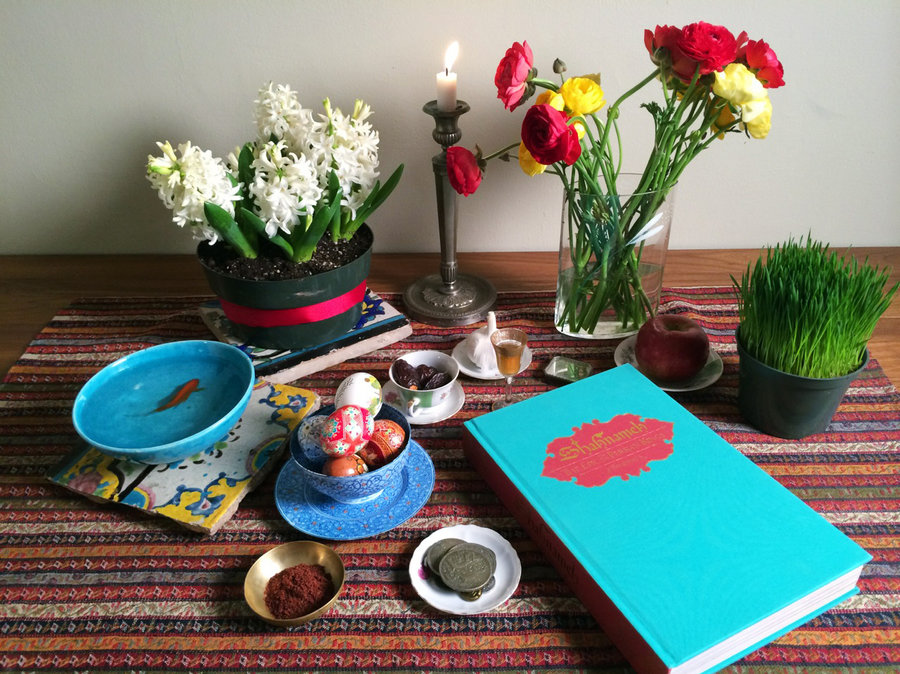
Haft-Seen is the new year’s traditional table setting, which includes seven items all starting with the letter sīn in the Farsi alphabet. Each item is symbolic of elements in nature that nourish and sustain us.
Ramadan
The ninth month of the Hijri calendar (Ramazan in Farsi) is the time for fasting. Muslims around the world do not eat anything during daylight, starting from dawn by eating Sahari which is usually a full meal, and breaking the fast at dusk with dates, bread, zulbia and bamiyeh (sweets that are only served in Ramazan). Some Iranians also have dinners at Iftar tables.
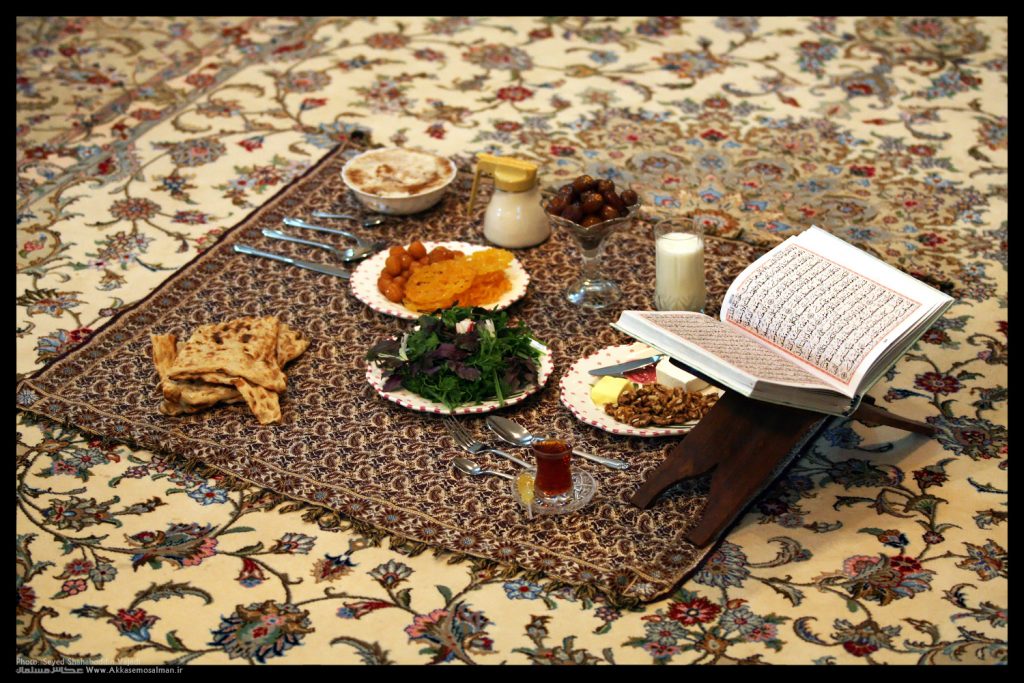
Most of the restaurants and fast foods are close during the daylight in Ramazan and it is suggested if you want to eat something, avoid doing it in public.
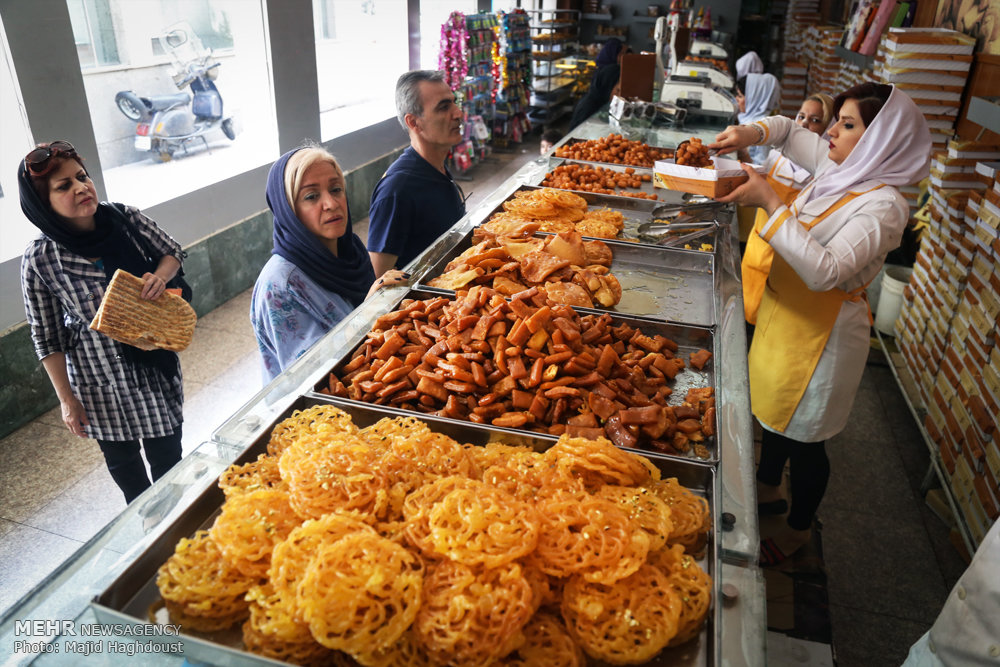
Chaharshanbe Suri
Festival of the fire, pronounced Čāršanbe-sūrī which means red Wednesday, is last Tuesday night of the solar year before the vernal equinox, Nowruz, that is held around Farsi speaking countries. Iranians celebrate Charshanbe Suri by jumping over fire, displaying fireworks, get together and dance with music, make fires, and serve nuts and berries. Fewer people practice older customs nowadays such as Qashoq zani (means banging spoons), similar to Trick-or-treat.
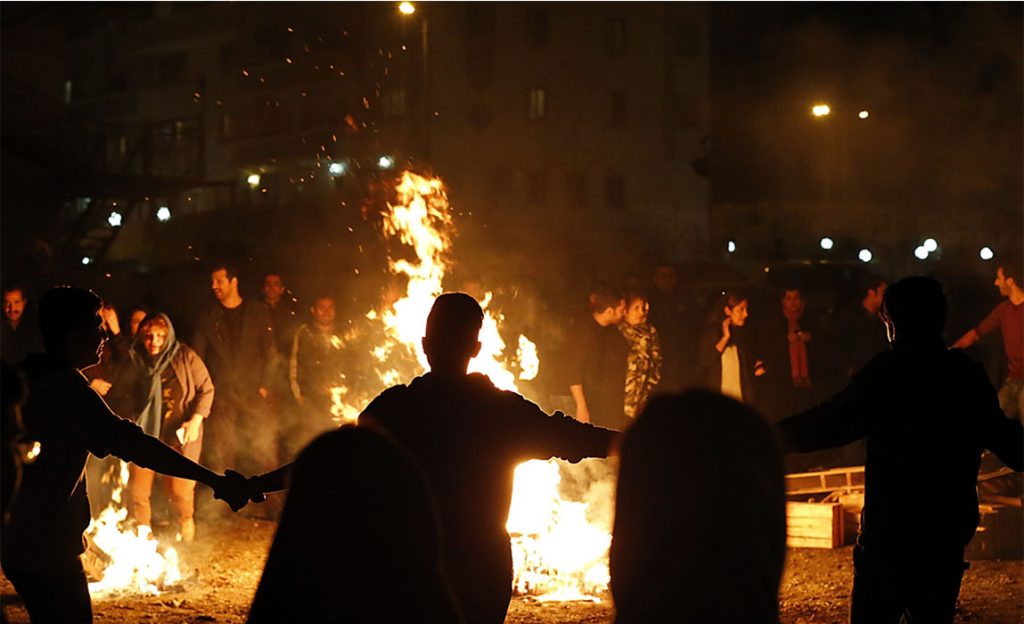
Do not miss jumping over fire and sing “zardi ye man az to, sorkhi ye to az man”, which literally means “my yellow is yours, your red is mine.” It means you want the fire to take your problems and sickness and replace them with energy and healthiness.
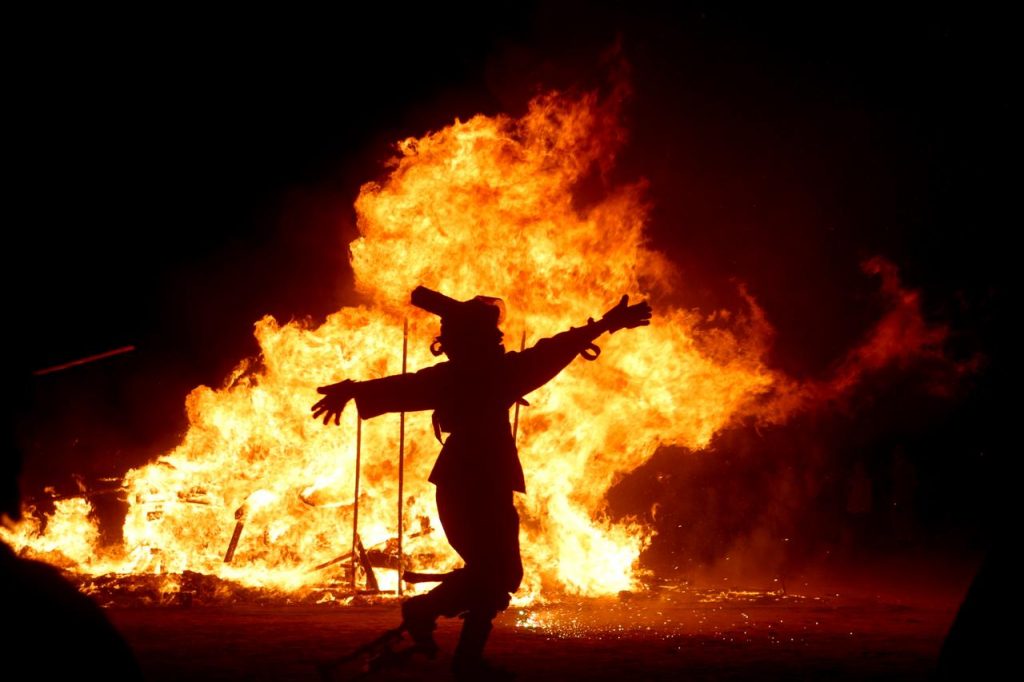

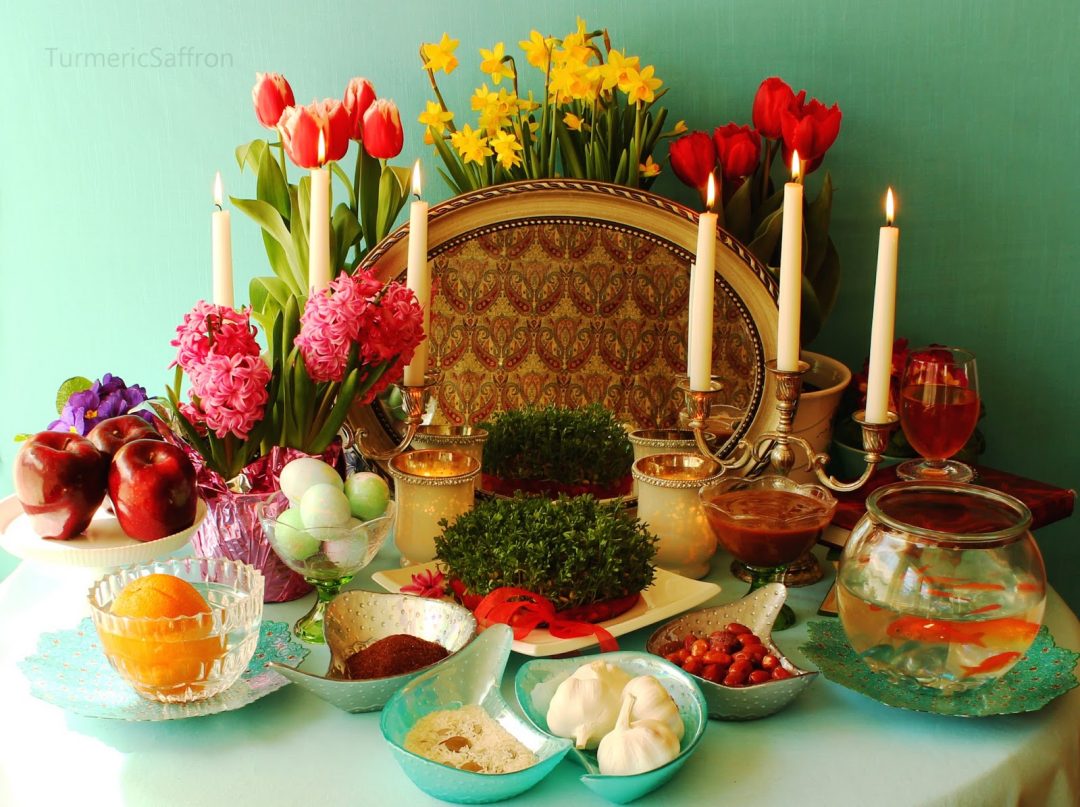
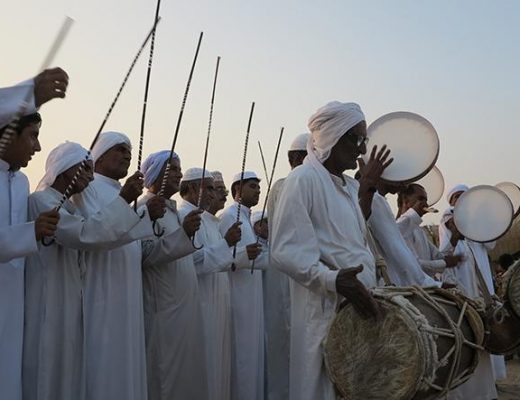
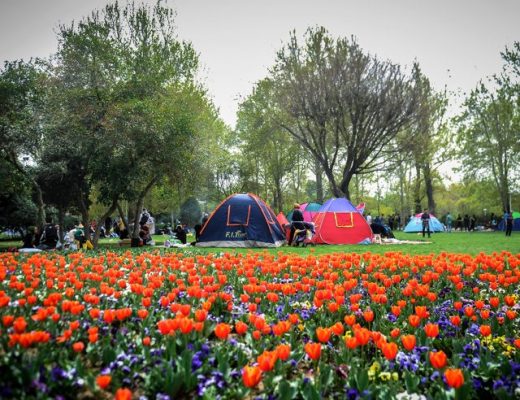
No Comments